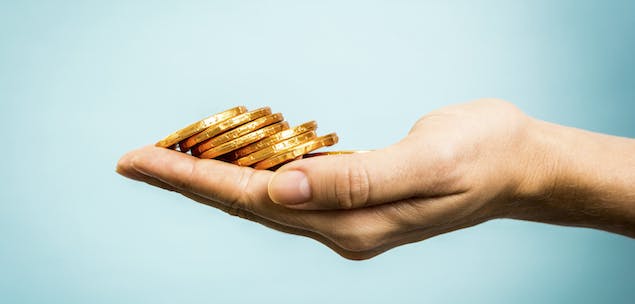When a killer business idea pops into mind, the stellar success seems close at hand. But, moving from a dreamland of ideas to the real-world market, startups face numerous obstacles in a way to success. Generating money is certainly one of the biggest challenges, especially when there is still no product to be offered. That is why many founders turn to fundraising platforms in an attempt to get their projects off the ground. However, the fundraising process is no walk in the park, but a two-way street with many back alleys and pitfalls you need to be aware of.
Choosing a platform
One of the first things to consider is the website you will use to get the ball rolling. Each option has some unique features and defined fees you need to get a hold of. Platforms like Kickstarter and Indegogo are getting the most media attention, but there are hundreds of other good solutions. It is necessary to pay attention to the type of projects that are allowed on these sites, and categories that are stealing the crowdfunding show there. Spend some time on forums and identify the type of audience you can expect to reach.
Rites of passage
Understanding the basics of the very fundraising process is equally important. In their funding endeavors, startups go through rounds of investments, which are called the seed round, series A-B-C, and the final stage where the startup incorporates or sells. Each round is specific in terms of venture funds being allocated to different growth points. It is a good idea to pull together a list of investors that seem suitable for your business, before collecting the pieces of the grand puzzle. Steer away from the posers, and go through people’s portfolios just in case.
Taking off
The initial phase, a seed round, involves donating a small amount of money in order to help the startup gain momentum. At this point the company should have a product concept and a clear idea about its viability in the market. Funds are needed to come up with a working prototype, and to move towards a tangible product. That is when the fundraising process enters the A series, a point when startups seek the support of venture capital. At the same time, most startups try to figure out what the best business model is for maximising the marketplace performance.
Tools of the trade
Naturally, the figures here are bigger than in the seed round, meaning that funding may be exchanged for the portion of the company. On sites like Kickstarter, it is a custom to make a gesture of appreciation to donors, and it is supposed to in proportion with their generosity. In the seed stage, smaller gifts are common. A custom USB is one of those promotional products that both come in handy and have visual appeal. Thus, it is a perfect modern gift suitable for smaller funders. Also, another smart way to say “thank you” is to run a campaign with keywords related to your investors.
The final countdown
Upon reaching the series B, a startup should have a business model chosen, a tangible product and enough capital to deliver it to the market. There is a considerable increase in funding now, and things are starting to get real serious. Eventually, the startup is ready to progress to the final, C series. Now, the focus is on the fast growth, and conquering new markets, international ones included. The companies also make an effort to diversify for multiple platforms and increase their chances of hitting big. Some other stories end up with companies selling, or trading their publicity.
Winning the crowd over
The boom in alternative funding has propelled many startups towards business pantheon. But, many are those projects and startups that go unnoticed, so brace yourself. Pick an appropriate crowdfunding site, and make preparations in the pre-launching phase. What follows are the rounds of investments with venture funds, each with specific challenges. In theory, each round can drag on forever, but that is not something that makes business sense. Giving shares of your company all and over again could mean that in the end you have very little to offer to donors. Avoid getting consumed by the process and keep in mind that ultimately it is the customers that will make or break your business, not investors.
About the author:
Lilly J Adams has worked for six years in different marketing agencies across Australia. Her specialties are advertising, digital marketing, marketing for small businesses and consumers behavior. She loves art, books and watching crime TV dramas.

